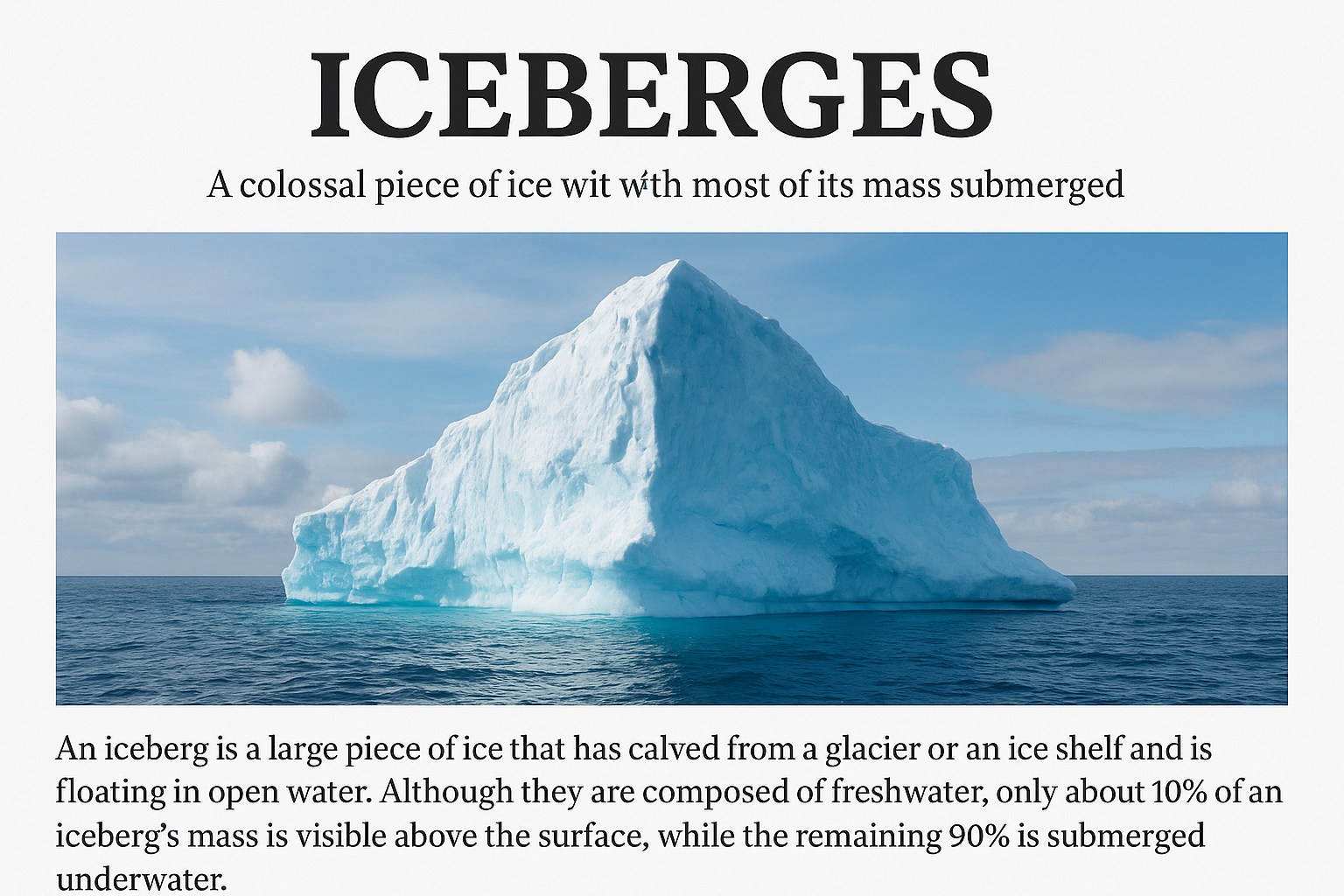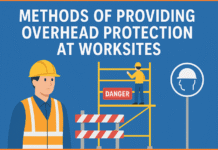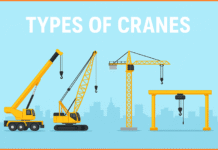Pressure vessels are of two types:
- Fired Pressure Vessels which include Boilers, Economisers, Steam Pipes, Fittings etc, as per section 2, 2A, 2D of the Indian Boiler Act 1923.
- Unfired Pressure Vessels which include reaction vessels, autoclaves, compressors, vulcanises, agers, kiers, dyeing vessels, jacketed kettles etc. operating above the atmospheric pressure.
The portable gas cylinders, metal bottles used for storage or transport of compressed gases or liquefied or dissolved gases under pressure, gas-tankers, vessels for nuclear energy, refrigeration plant of less than 3 TPD capacity, vessels operating below 1 kg/cm2 etc, are not covered under the purview of the pressure vessels.
Pressure System Components and Safety Devices

Pressure system components are:
| Pressure vessels | Pressure relief devices |
| Pumps, Compressors | Pressure gauges |
| Fans, Control valves | Pressure reducing valve (PRV) |
| Piping system, Tracing | |
| Dump vessels | Non-return valve (NRV) |
| Steam traps | |
| Insulation | Pressure controllers or regulators |
| Vent for pressure relief | Utilities like steam, water, air, thermic fluid, inert gas etc. |
| Pressure recorders |
Pressure reducing valve (PRV) is a statutory requirement u/r 61 of the Gujarat Factories Rules. It is to be provided between a source of supply of pressure (e.g. boiler or higher pressure side of any header) and the user point or a vessel receiving the pressure. It is to be set at a desired safe pressure. It will reduce the pressure on delivery side accordingly. This is the main safety function. A safety valve and a pressure gauge should be provided on low pressure side and a pressure gauge on high pressure side to see the pressure reduction. It shall not be bypassed at any time. It should be tested periodically.
Spring loaded safety valves with oil seals are desirable. For high pressures, rupture or bursting disc or rupture diaphragm should also be provided. Pressure reducing or pressure control valves are necessary. Safety valve should be connected nearest (close) to the vessel. It should not be connected where pulsating pressure fluctuates.
Rupture or bursting disc should be provided in upstream of the safety valve and if toxic or inflammable mixture/gas is pressed ducting should be provided covering fully the outlet of the rupture disc so that in case of rupturing of the disc, the mixture/gas coming out from it will be collected in duct or blow down tank and not in environment.
Rupture disc and safety valve can be provided in series (in vertical line of the same outflow) with a pressure gauge in between. Two such sets can be provided side by side, parallel, on two different outflows, to handle much volume at a time. RD and SV can be provided in parallel also. In any case, their setting should be slight different to allow time lag.
Fusible plugs, pressure gauges, temperature indicator, stop valve, drain valve, air vent, auto controls and recorders are also necessary.
Routine inspection schedules should be devised working order. A sample schedule regarding rupture disc inspection is given below as guidance.
Routine inspection of rupture discs
Procedure:
- Obtain Permit to Work Certificate from Plant in-charge.
- Obtain Rupture Disc Inspection Record sheet.
- Ensure system to be worked on is isolated, free from pressure and vented/drained down.
- Check that vent line drain hole is clear. Note: If no drain hole exists raise modification work order to make one.
- Carefully remove rupture disc and holder ensuring no debris enters vessel, and clean thoroughly.
- Check that all bursting disc specifications are correct.
- Inspection rupture disc holder for pits, hairline cracks or other damage and renew if necessary. Ensure inspection is carried out using adequate light.
- Ensure rupture disc inlet and outlet vents are clear and free from obstruction.
- Check mounting flange are clean and parallel. Note: The Team Manager must assess the significance of the conditions found and arrange, if necessary to review the future maintenance periodically.
- Renew gaskets and refit rupture disc and holder, ensuring disc is correctly orientated.
- Carefully tighten diagonally opposite. Bolts to achieve a gas tight seal, using torque wrench if necessary.
- Ensure plant is safe for use, complete permit to work and hand over to Plant in-charge.
Standards & Codes
Section 31(1) of the Factories Act 1948, Rule 61 of the Gujarat Factories Rules 1963 and Section 1.2.1 of the Indian Standard-Code for Unfired Pressure Vessels IS:2825 give definition of the pressure plant/vessels. The operating pressure should be above the atmospheric pressure.
The IS:2825 provides more details on the subject of construction and other requirements for the design, fabrication, welding, inspection, testing, marking and certification of fusion welded unfired pressure vessels in ferrous and non-ferrous metals. Terminology of maximum working pressure, design pressure, minimum thickness and allowances to add into it, weld joint efficiency factor, ligament efficiency, post-weld heat treatment and allowable stress value are also explained in this Code. Pressure relief devices and corrosion, erosion and protection details are also given. It has considered BS 1500, 1515, ASME and the Swedish Code.
Rule 61 of the Gujarat Factories Rule:
The terms design pressure, maximum pressure that a pressure vessel or plant is designed to withstand safely when operating normally.
Maximum Permissible Working Pressure (MPWT) means the maximum pressure at which a pressure vessel or plant is permitted to be operated or used under this rule and is determined by the technical requirement of the process.
Scope: This rule applies to a pressure vessel or plant operating above the atmospheric pressure and includes piping system.
The rule does not apply to-
- Properly designed on sound engineering practice.
- Of good construction, sound material, adequate strength and free from patent defects.
- Properly maintained in a safe condition.
When Indian Standard or any other Code is applicable, a certificate from the manufacture or competent person shall be obtained and produced before an Inspector.
Safety Devices:
- Suitable safety valve or pressure relieving device of adequate capacity to ensure that MPWP shall not be exceeded. If more safety valves are provided, one will be set at MPWP and other at not more than 5% in excess of the MPWP.
- Suitable pressure gauge with dial range 1.5 times the MPWP and red mark indicating MPWP.
- Stop or isolation valve to shout-off the pressure source.
- Drain cock (valve) to drain the vessel.
- Suitable pressure reducing valve (PRV) or automatic pressure regulator to disallow the pressure greater than the MPWP. A safety valve shall be fitted on low pressure side of such device.
Fundamentals of Pressure Vessel Design:
IS:2825, Section I includes in its Design section, General Provision, Corrosion, erosion and protection, Cylindrical and spherical shells, Domed ends, Conical ends, Un-stayed flat heads and covers, Stayed and braced plates, Openings branches and compensation, Access and inspection openings, Bolted flange connections, Ligament efficiency, jacketed vessels, Support and Internal structure.
The Code also explains materials of construction, allowable stress, materials for low temperature service and materials for welding.
It also explains flange calculations for non-standard flanges.
Design, marking, capacity, setting, installation and discharge lines of pressure relieving devices are also specified.
In its Section II manufacture and workmanship are explained in the headings of Approval of design, General considerations and Design of welded joints, Preparation of parent metal, Assembly of plates and fit-up, Alignment and tolerance, Welding procedure, Welding of non-ferrous metals, Rectification of welds, Repair of drilled holes, Repair of cracks and Post weld heat treatment. The section also prescribes Welding procedure, qualifications and Welder’s performance qualifications.
Section III of the Code gives Inspection and Test methods, Marking and Records.
Then Appendices A to N give various value of stress, temperature, recommended practice, typical design of welded connections.
These are the fundamental subjects of pressure vessel design, construction, inspection and testing. For the details the code (IS:2825) itself should be referred.






I’m currently working with a few friends who are quite the know-hows in engineering and they’re telling me that for the plant design that they’re working on for a factory that we’re planning to build, steam pressure vessels would be needed. It’s interesting to know that you mentioned that there are two types of those so I would need to know more about the specifics when I start looking for industrial manufacturers for them. I am more well-versed in the marketing side of things for this business venture that we are planning but I can see how getting the factory built properly will be able to yield the most desirable results.
Thanks for the wonderful Article.
http://www.bcsind.com/
Great post thanks for sharing
Want to know more about the subject